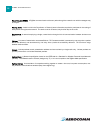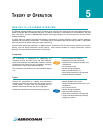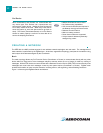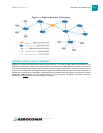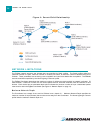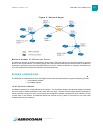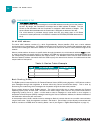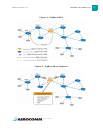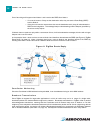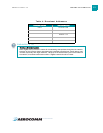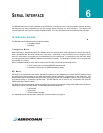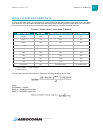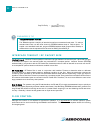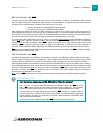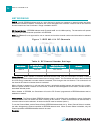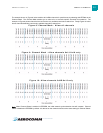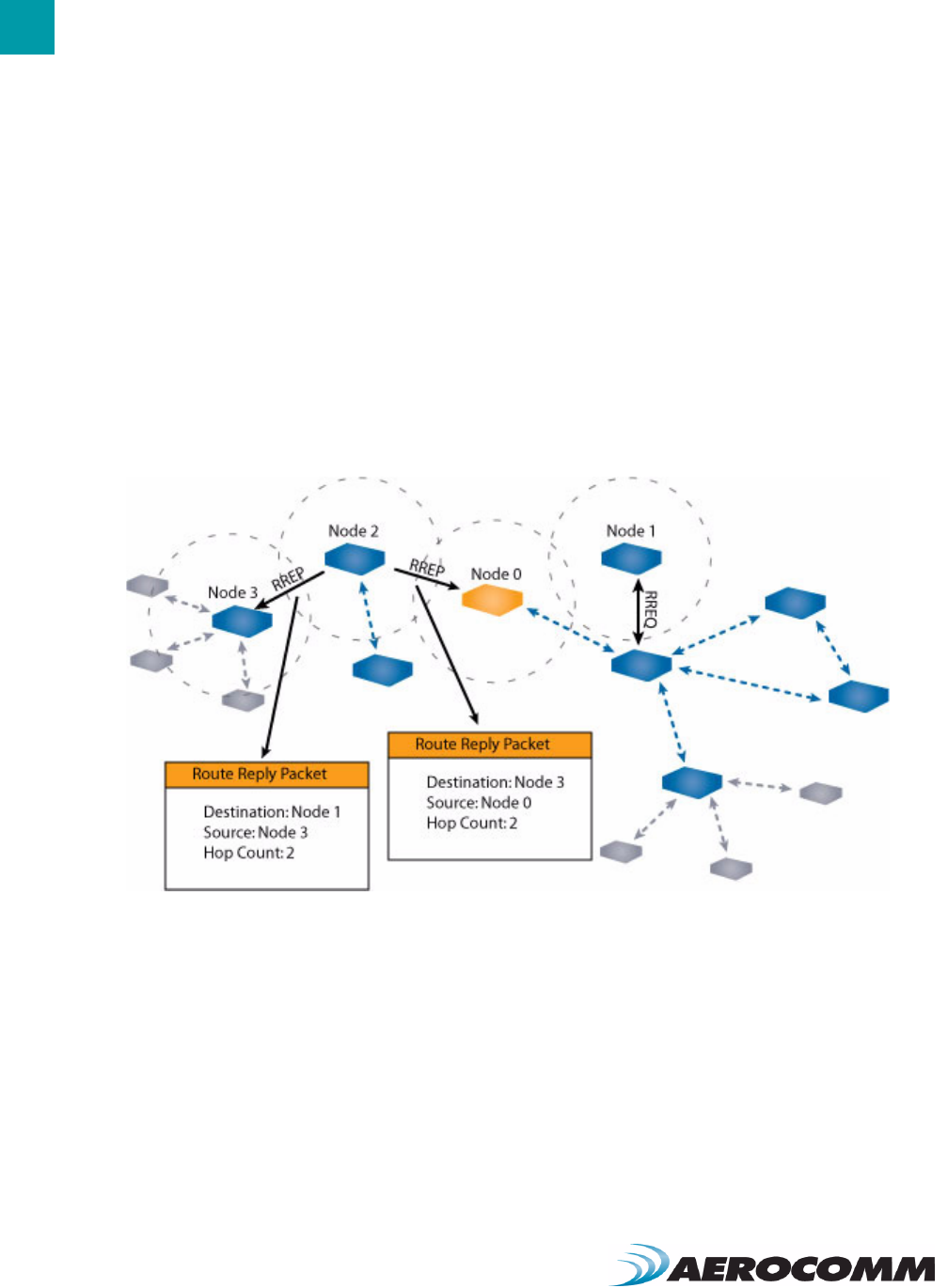
THEORY OF OPERATION
18
One of two things will happen when Nodes 1 and 2 receive the RREQ from Node 0:
• If a route is known or if they are the destination radio, they can send a Route Reply (RREP)
back to Node 0.
• If they do not know the route and are also not the destination radio, they will rebroadcast the
RREQ to their neighbors. The message keeps re-broadcasting until the lifespan (specified by
the source radio) expires.
If Node 0 does not receive a reply within a set amount of time, it will rebroadcast the message, this time with a longer
lifespan and a new ID number.
In the example, Node 1 does not have a route to Node 3 and therefore rebroadcasts the RREQ (see Figure 6: "ZigBee
Route Reply" on page 18). Node 2 however, does have a route to Node 3 and therefore replies to the RREQ by
sending out a RREP. Node 2 also sends a RREP to Node 3 so that it knows the route to Node 0.
Figure 6: ZigBee Route Reply
Coordinator Addressing
Since the Coordinator’s NWK address is always 0x0000, it can be addressed using its 16-bit NWK address.
Broadcast Transmissions
Since ZigBee is targeted for large-scale applications in which all radios may not be in range of a single radio,
broadcast packets are retransmitted throughout the network. Broadcast transmissions in ZigBee utilize a passive
acknowledgement mechanism; meaning that the Coordinator and all Routers keep track of whether or not their
neighbor(s) have relayed the broadcast packet and will re-broadcast the packet until all of their neighboring devices
have received the packet. Any device can initiate a Broadcast transmission by programming its Destination Address
with a Broadcast Address (see Table 4 on page 19). Subsequent broadcast transmissions occur every 500ms.



